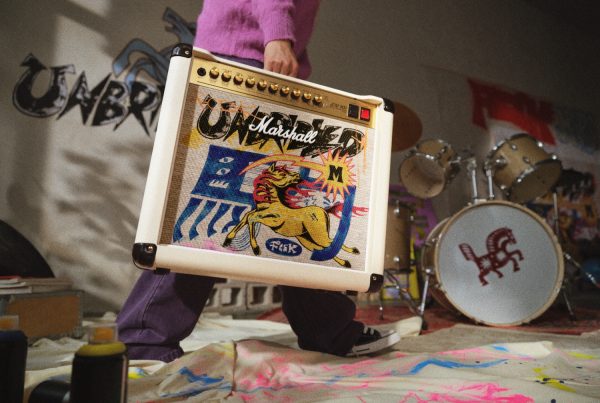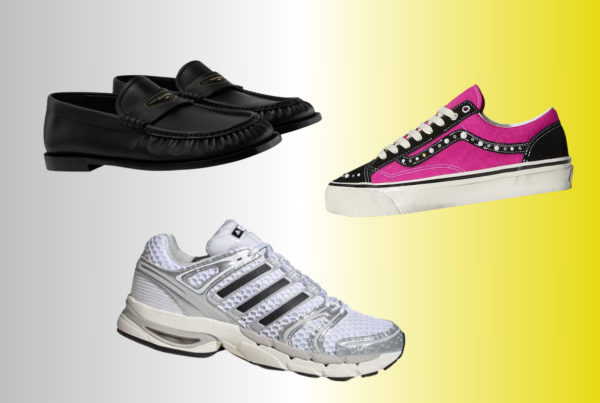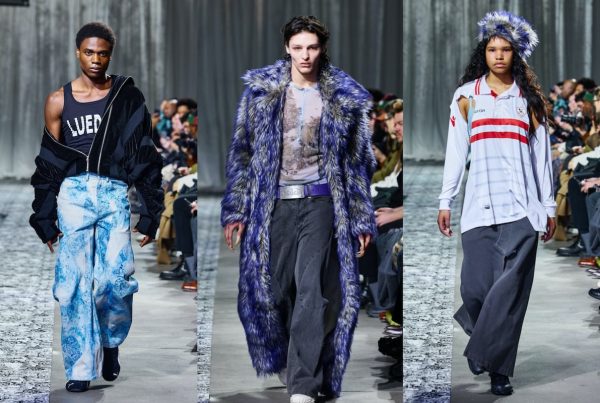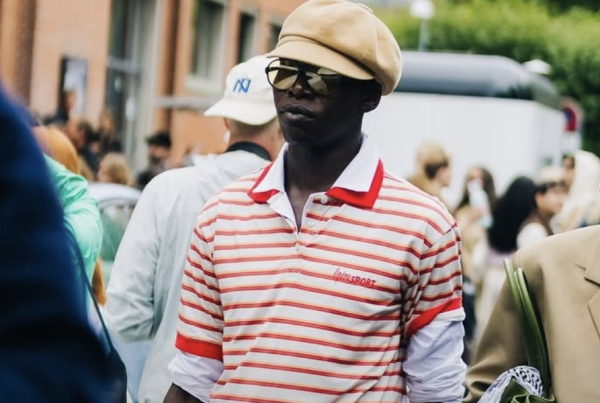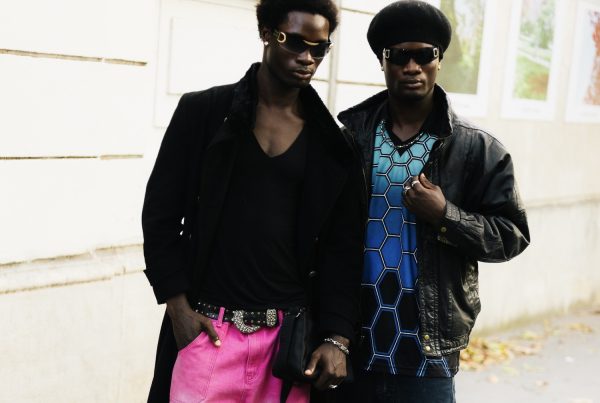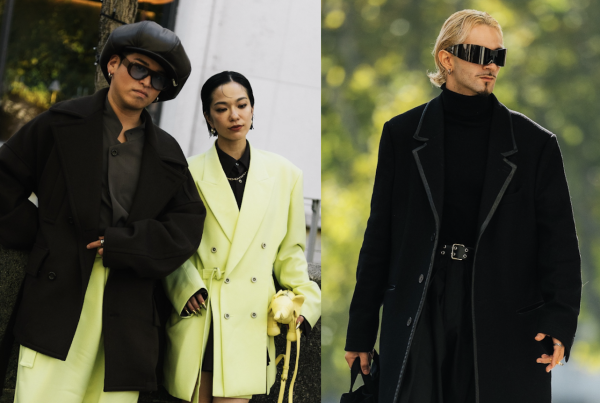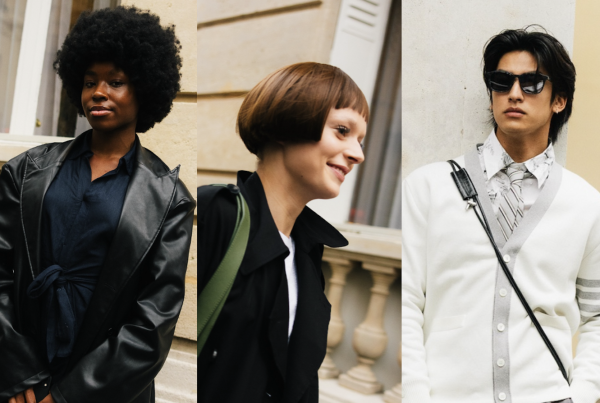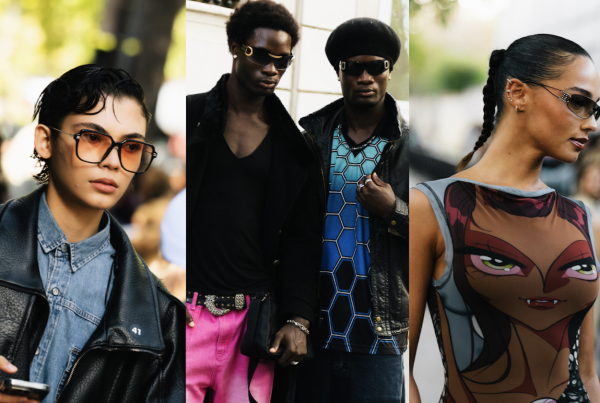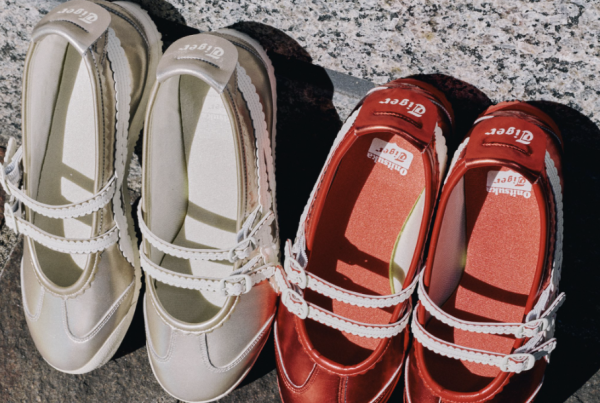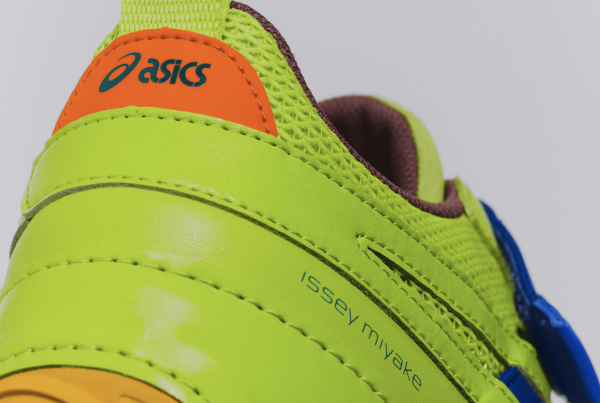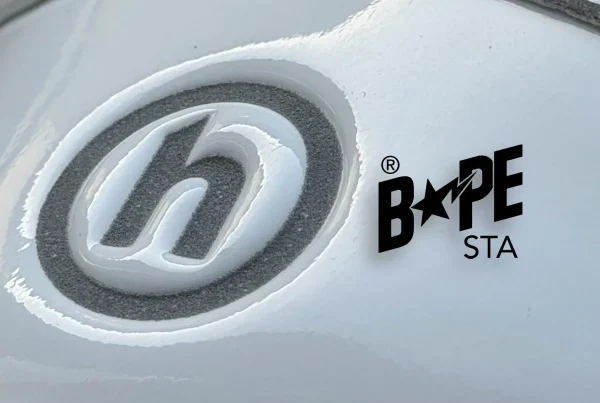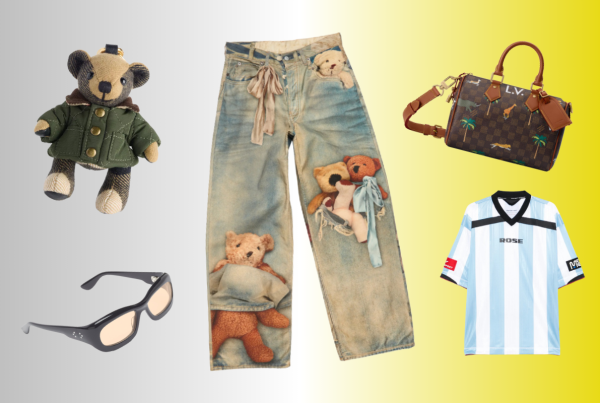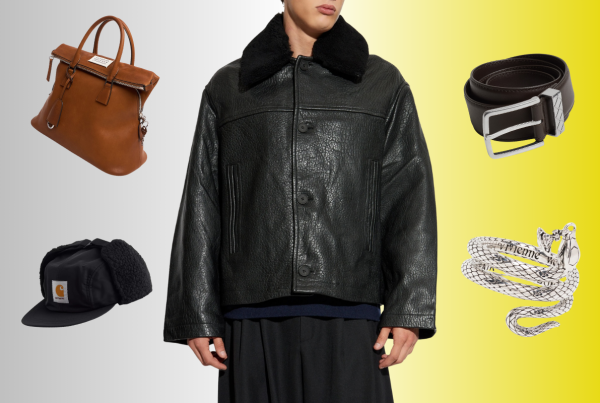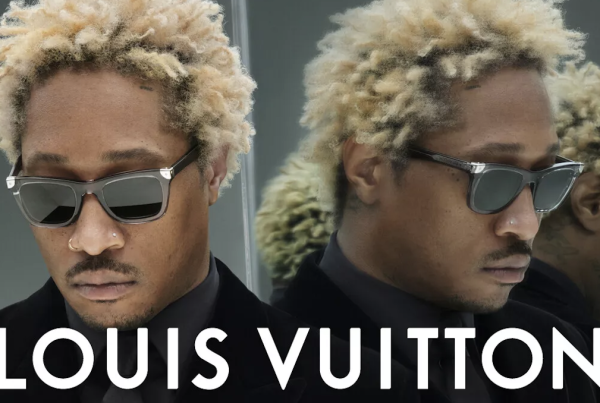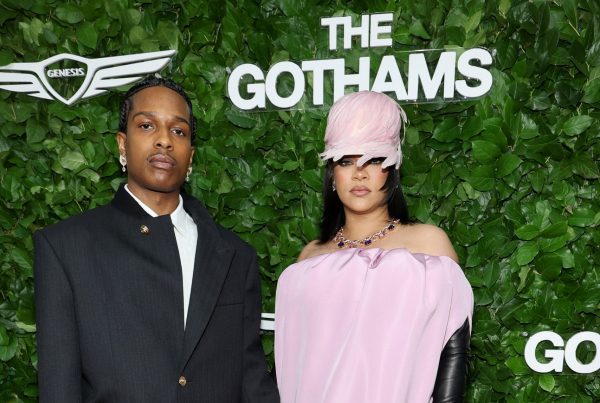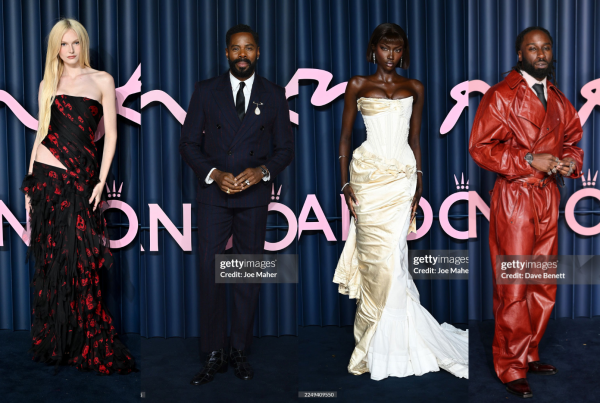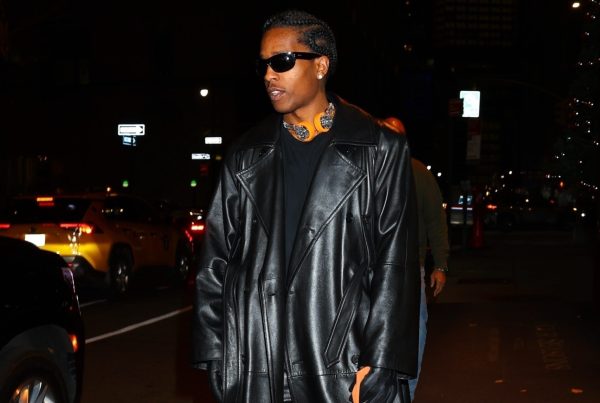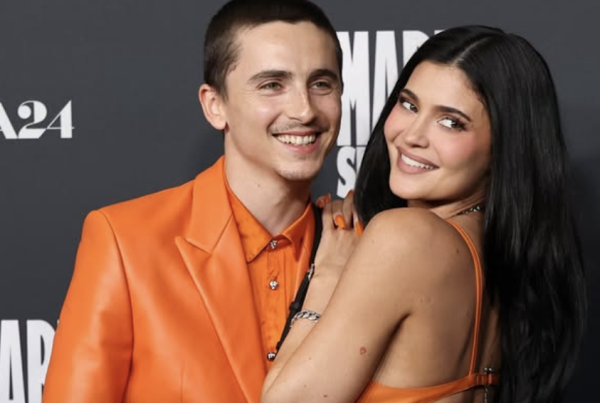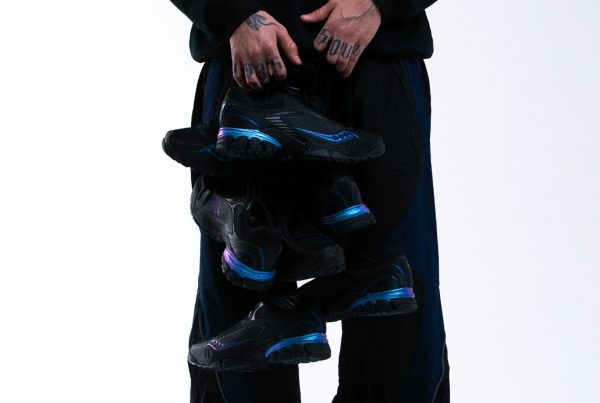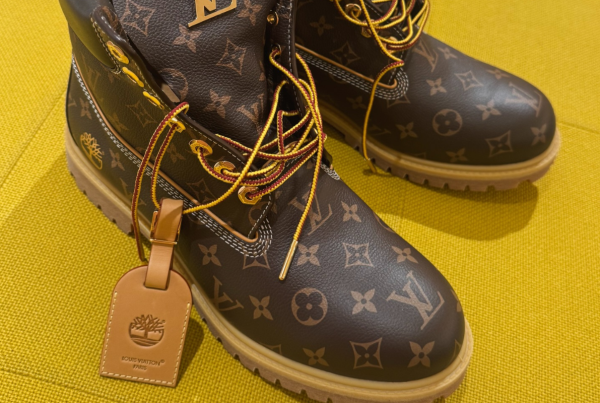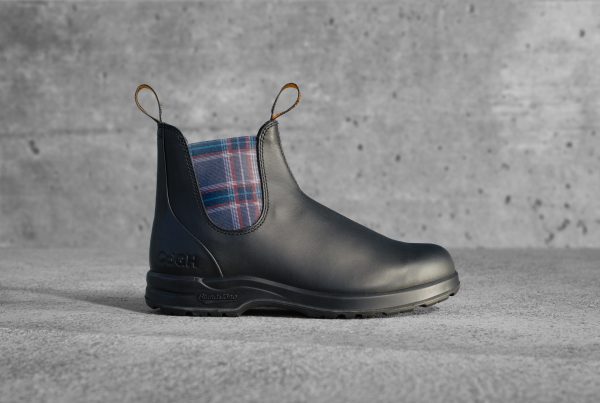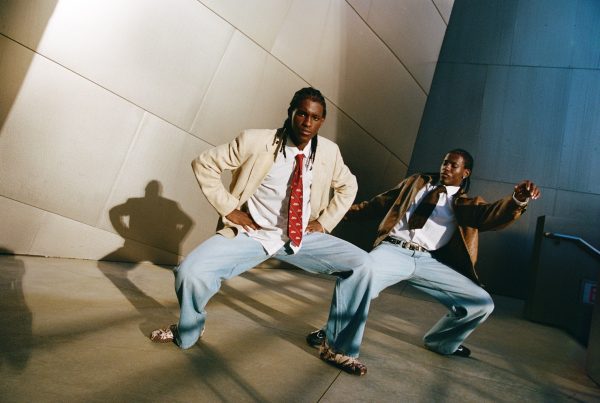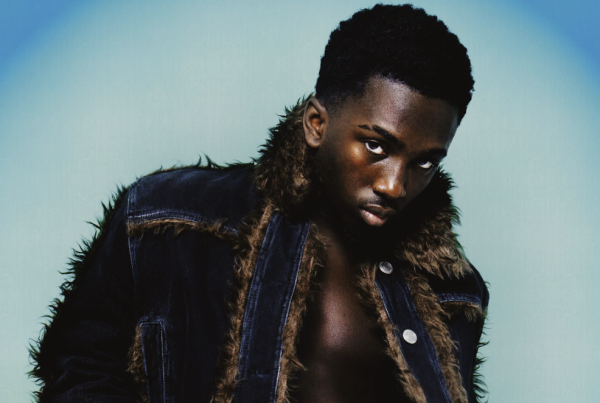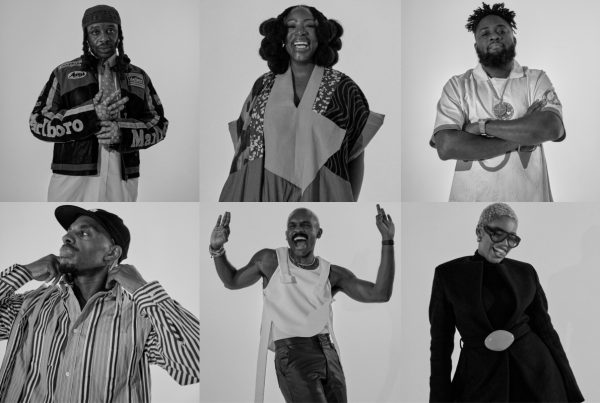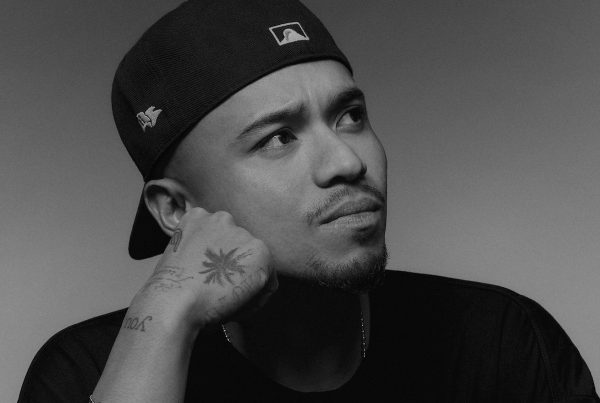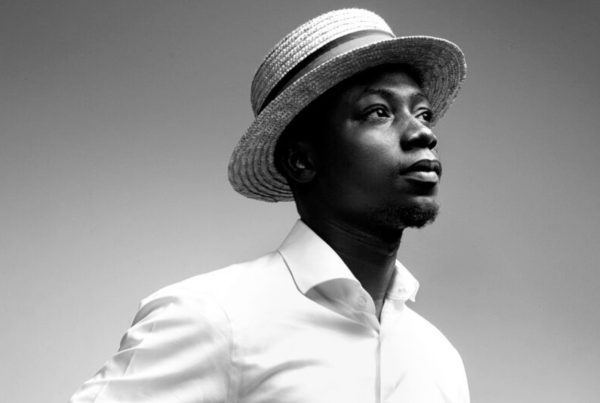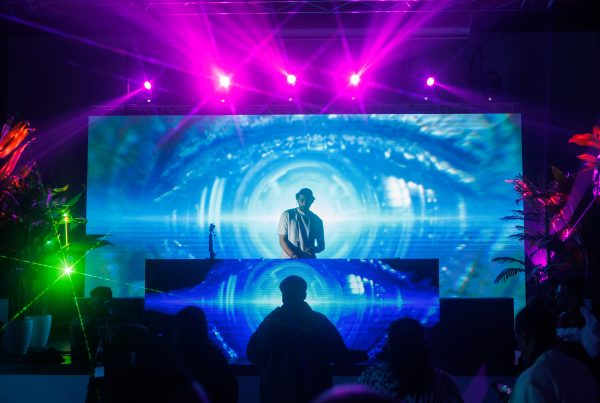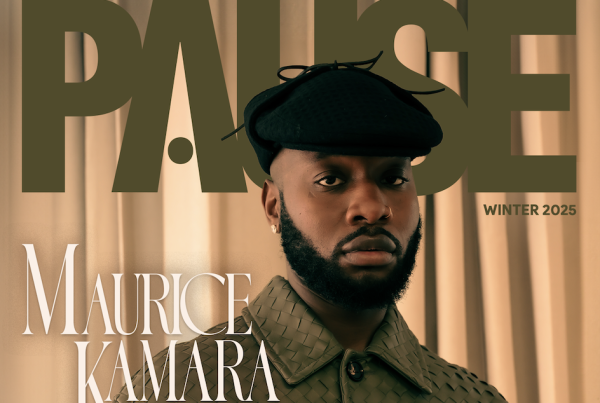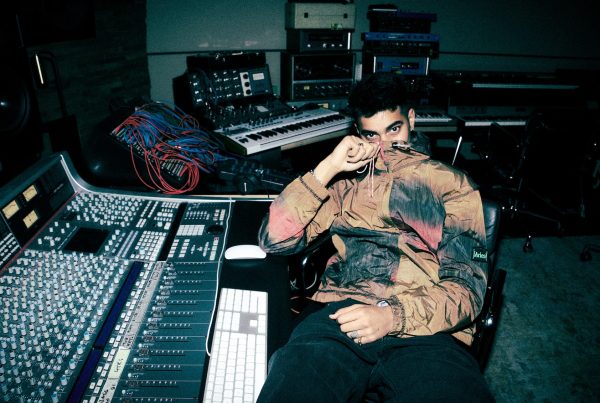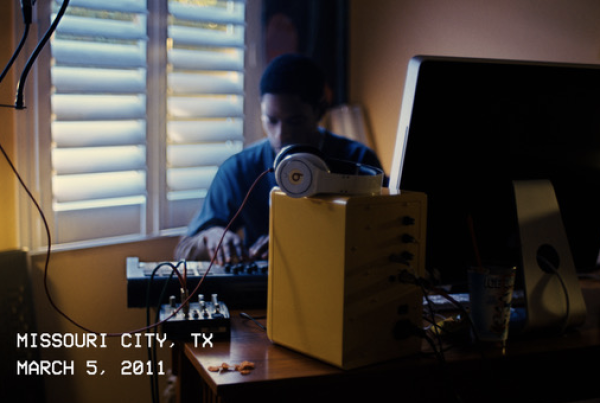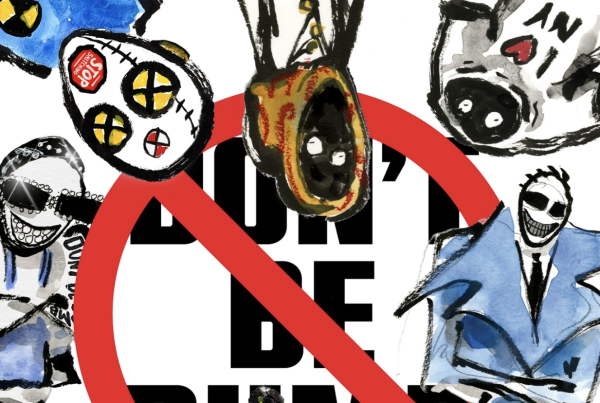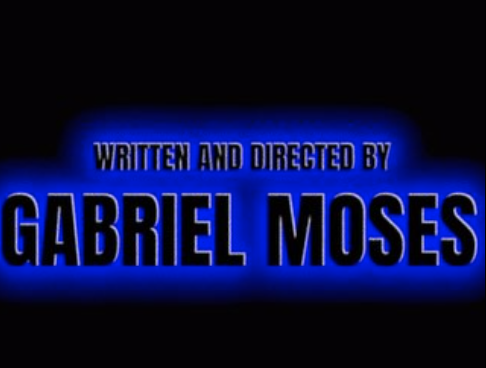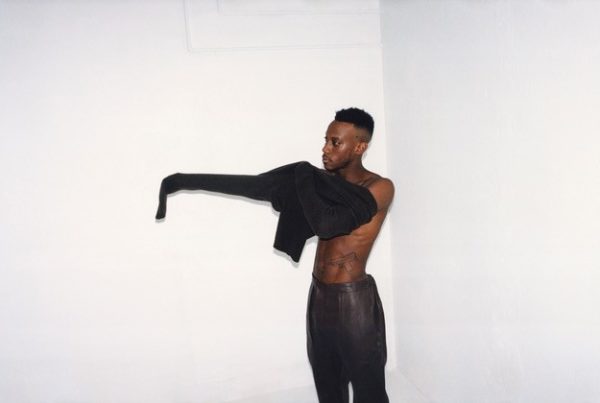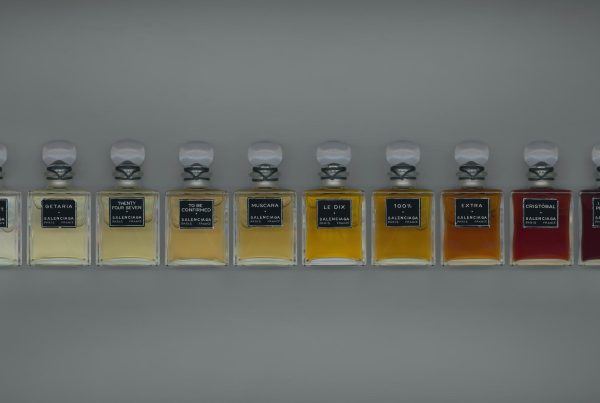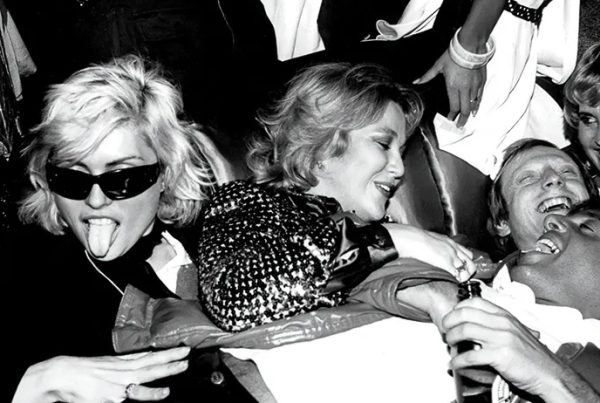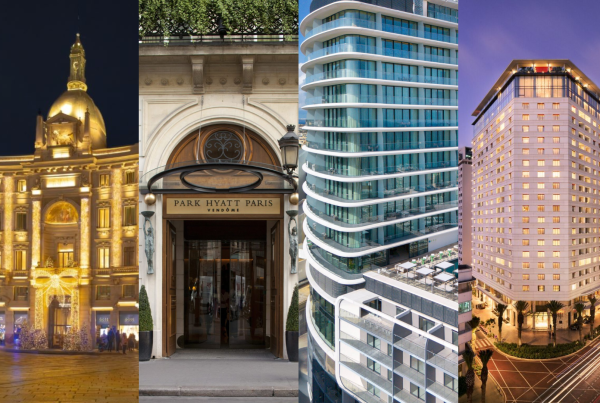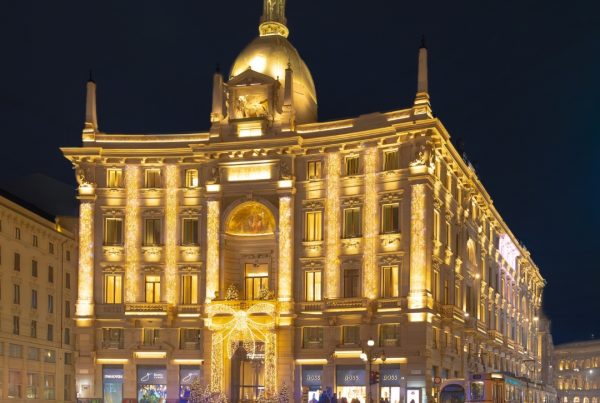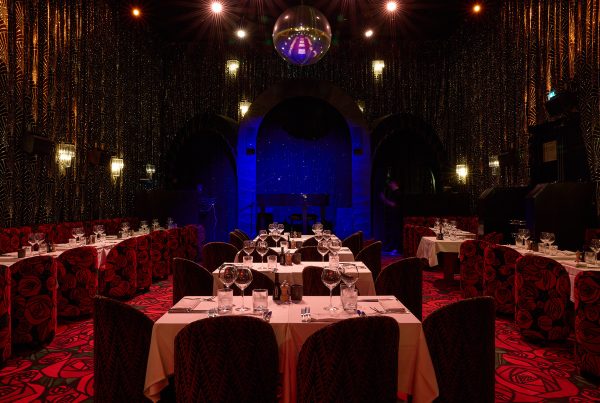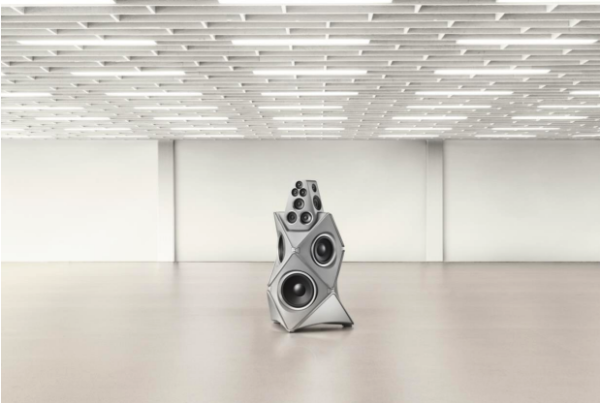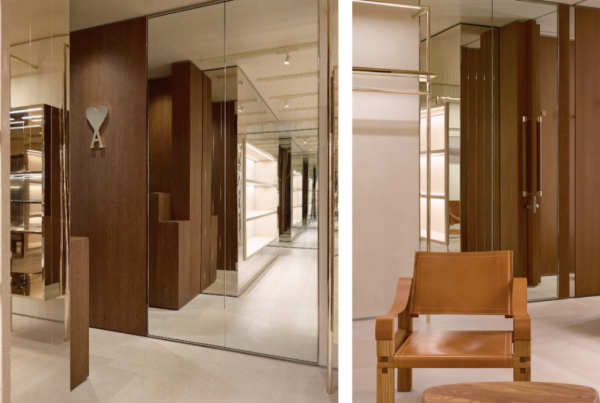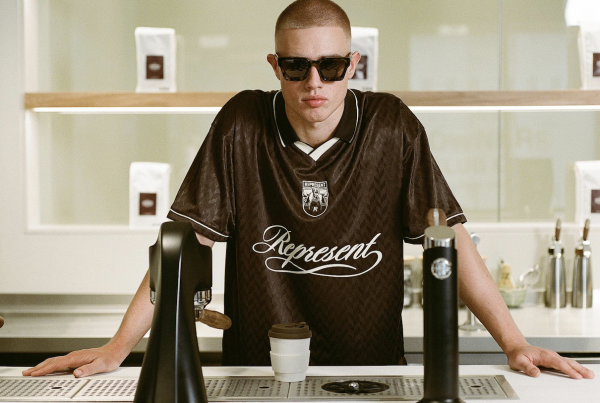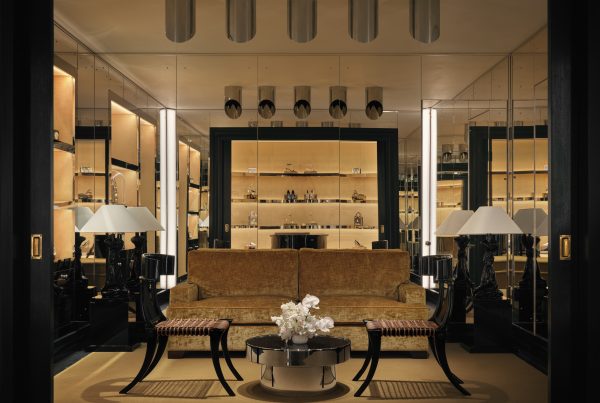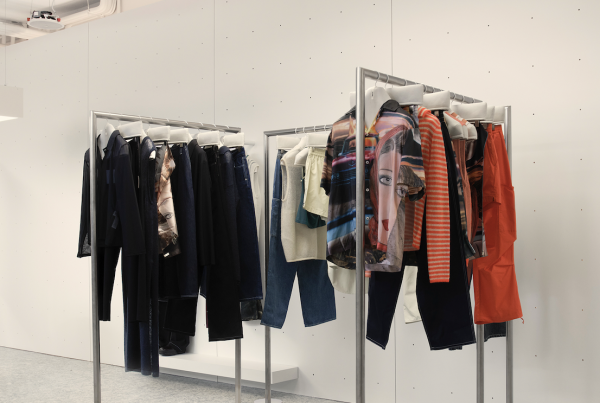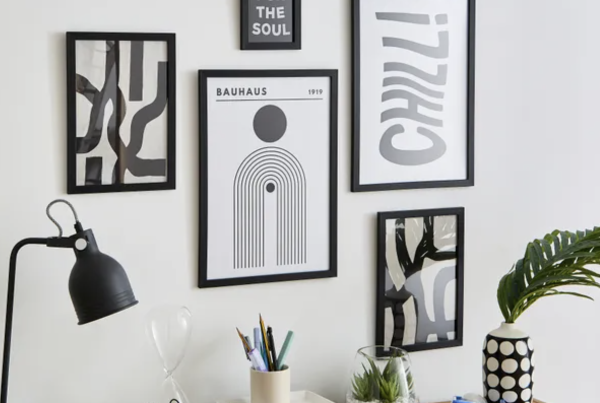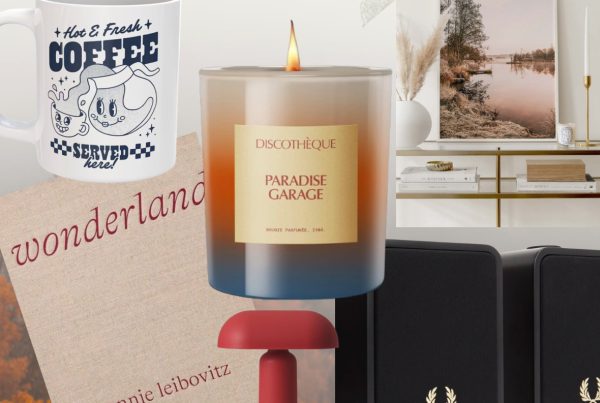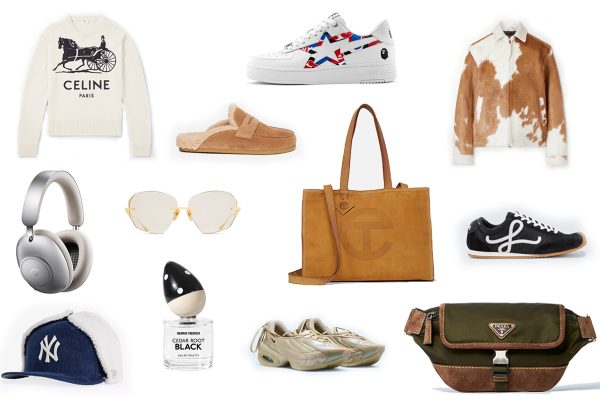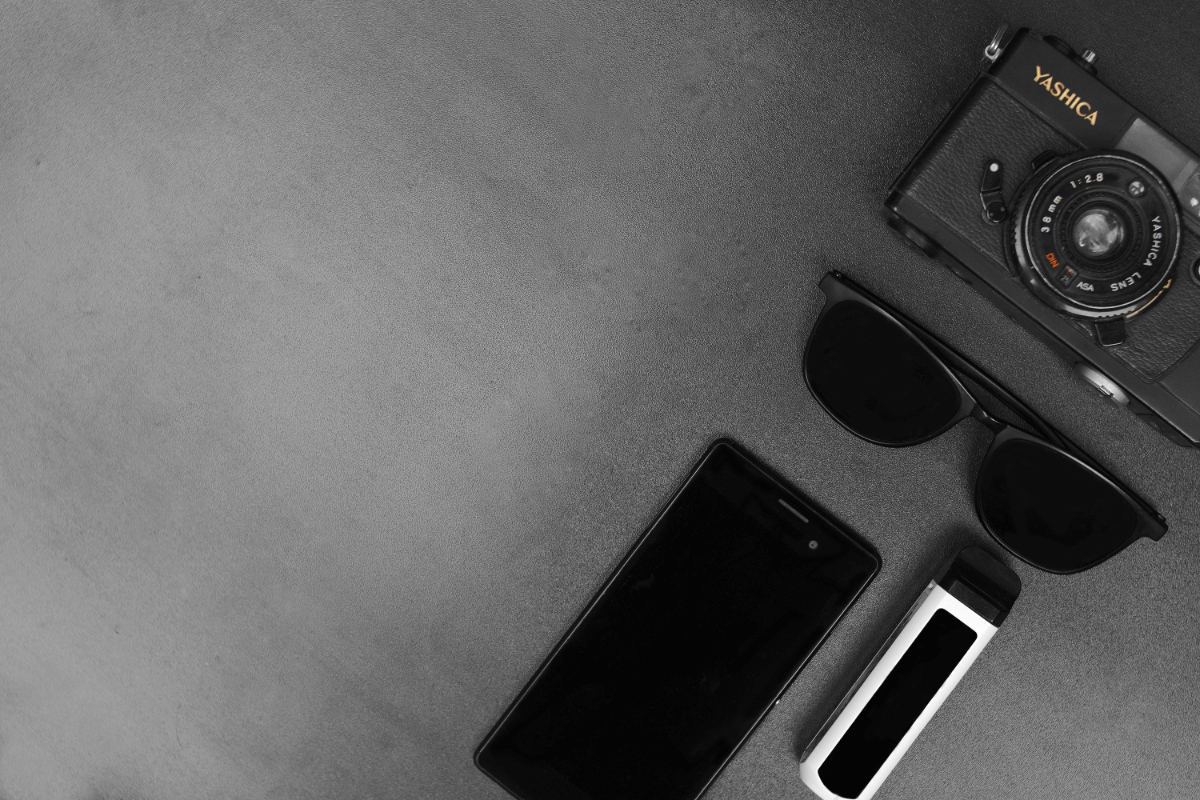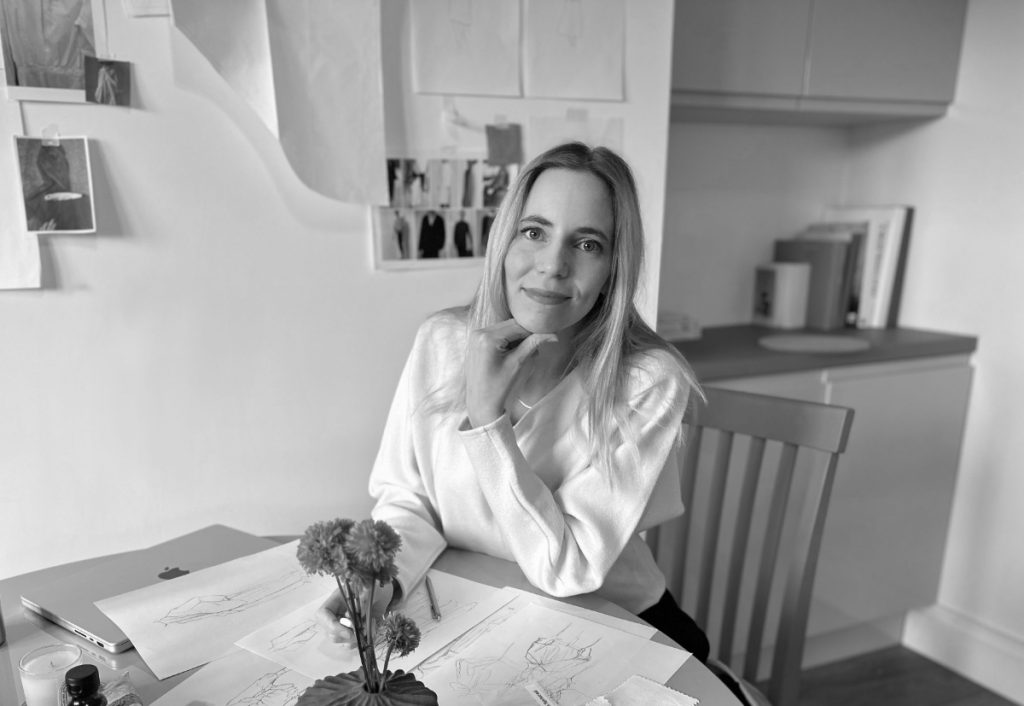 Naomi Pullan is in research mode. We’ve caught up with her during this phase of deep exploration to gain insight into her approach to concept creation and design development.
Naomi Pullan is in research mode. We’ve caught up with her during this phase of deep exploration to gain insight into her approach to concept creation and design development.
Pullan is a creative known for her cross-disciplinary mindset. Though her professional background is rooted in fashion, her influences go far beyond the catwalk.
Architecture, art, design, innovation, and nature—she moves fluidly between them, drawing connections that aren’t always obvious at first glance.
Her work thrives on cross-pollination. “Creativity is very limited if you stick to just one discipline,” she says. Ideas rarely stay confined to their original form—what starts as a sculpture might influence a silhouette; a building’s façade could inspire a play in texture; and a natural pattern might lead to a new print. Her process is intuitive, always guided by curiosity.
What fascinates Pullan most are contrasts of all kinds—between the ancient and the modern, the rough and the sleek, or the organic and the engineered. These opposing elements create dynamic dialogue and visual character. “They complement one another despite being opposites,” she explains.
Through research across various creative fields, she observes emerging patterns in a broader cultural context—patterns that often evolve into trends. “What begins as a creative tendency often evolves into a broader cultural movement over time,” she notes.
When asked about her key sources of inspiration, she mentions art, architecture, and design in general, as well as the beauty found in nature.
Art
While she’s inspired by art across different eras and media, it’s contemporary art—especially tactile works like sculpture or textured paintings—that she’s drawn to the most. “There’s often a meaningful context behind the pieces, offering a broader narrative of society and culture,” she says. “These insights are important to understanding the world we live in.” Elements from artworks can effortlessly be translated into garment design—be it through form, surface, or story.
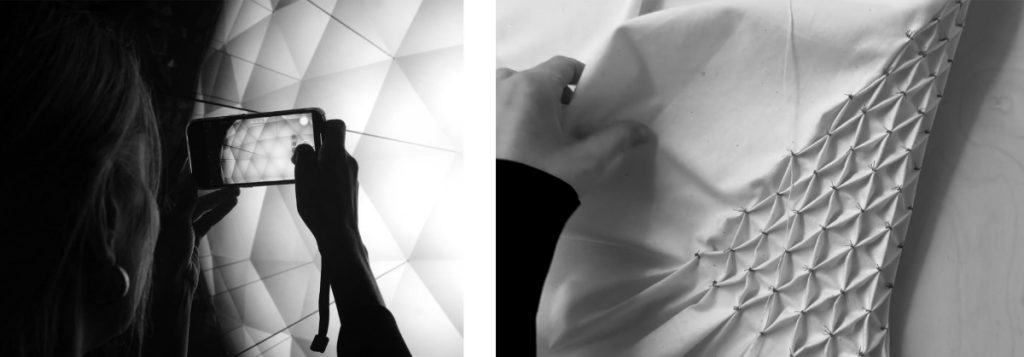
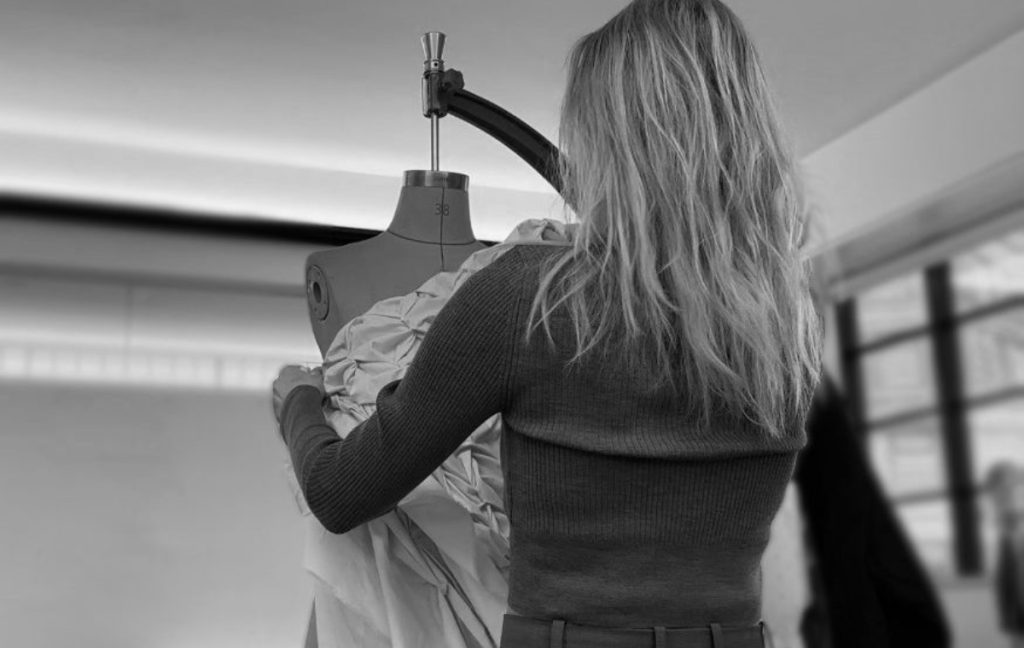
Architecture and Design
Architecture and design are major sources of inspiration in Pullan’s work. Visually, she’s drawn to compositions that play with line, geometry, and material contrast. She cites architects such as Tadao Ando, Frank Gehry, John Lautner, Frank Lloyd Wright, and Richard Neutra as references. But her interest goes far beyond aesthetics.
“Unlike art, architecture and design can’t rely solely on visual and conceptual appeal. They must consider function and the user experience,” she explains. “It’s about balancing beauty with intelligent problem-solving—how something looks, feels, and works.”
Here too, cross-pollination plays a vital role—merging aesthetics with the evolving fields of technology, science, and innovation, reflecting where society is heading. She recalls an immersive neuroaesthetic installation presented by Google in collaboration with designers and scientists at Milan Design Week 2019. It demonstrated how different environments impact our physiology and emotions.
Visitors walked through rooms designed with varying aesthetics, lighting, scents, and textures, all while wearing biometric wristbands that tracked emotional responses. “At the end, the data revealed which space made you feel most at ease,” Pullan says. “Mine was a minimal room with lighting, play of textures, and a touch of art. It made me realize how powerfully intentional design affects how we feel—and even how we behave.”
She draws a parallel to fashion: how a garment makes you feel, the atmosphere of a store, and the emotional cues that shape a brand experience.
The Beauty in Nature
While Pullan draws much of her cultural insight from cities, nature remains her way to reset—returning to the foundations of form, function, and purpose. “Nature is so nourishing—not only in terms of its impact on well-being but also in providing inspiration,” she says. “It already holds so many design solutions. Everything in nature is connected and has a purpose—whether functional, emotional, or aesthetic.”
She recalls an exhibition of Isamu Noguchi at London’s White Cube Gallery, where the artist expressed the idea that since humans are part of nature, everything we create is, too. That sentiment stayed with her. Pullan, too, likes to draw inspiration from nature’s palette, textures, organic shapes, and functions.
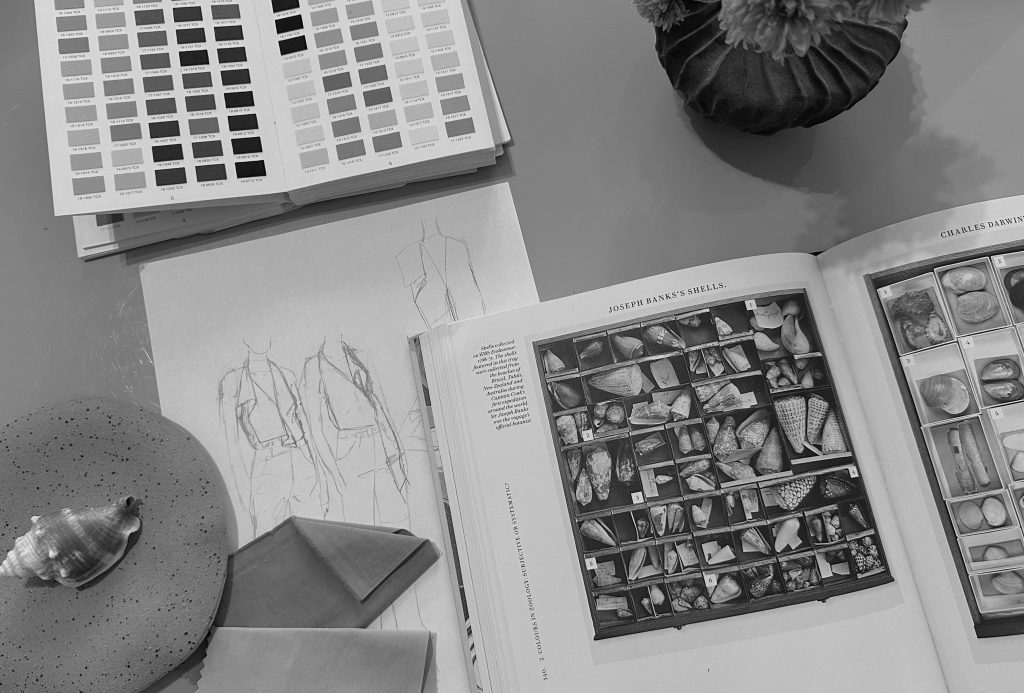
What often starts as a personal reset in nature becomes the catalyst for a new direction. “The natural world is full of design solutions to many of the problems we are trying to tackle. We just don’t always recognize them as such. If we look at our sustainability crisis, we see that there is no waste in nature; everything operates as a closed-loop ecosystem.”
To wrap up the conversation, we asked Pullan for tips on overcoming creative ruts.
It’s easy to fall into a creative rut when you spend too much time at your desk. For Pullan, the best solutions come from stepping out and gaining new perspectives by experiencing the world—gathering inspiration from these different insights, using them to fuel your current work, and building an archive to inspire future projects.
Author: Maria Silva

